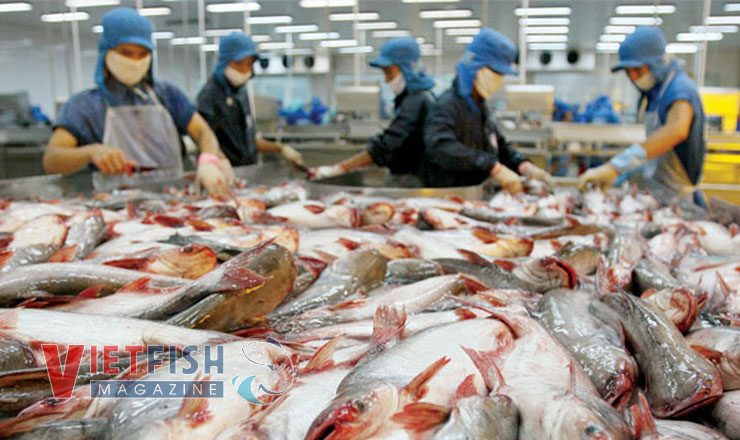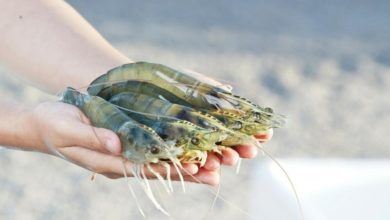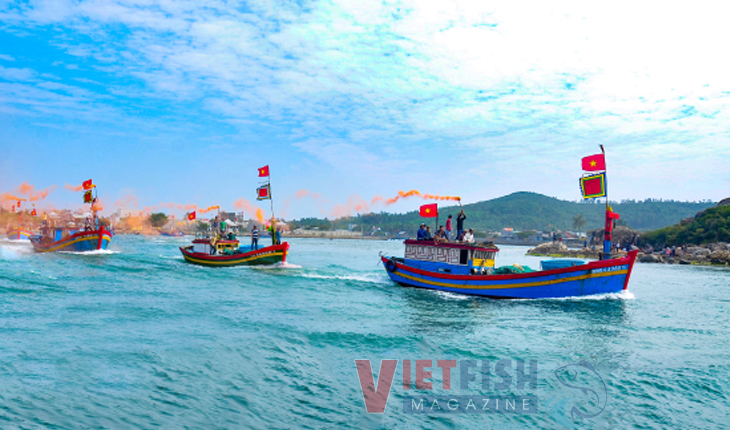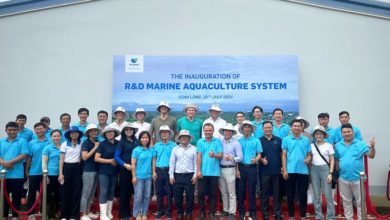Vung Tau Seafood processing companies struggle with raw material shortages
Although export markets are expanding and orders are increasing, many seafood processing and exporting companies in Ba Ria-Vung Tau are facing a severe shortage of raw materials.
To navigate this challenge, businesses are not only focusing on stockpiling materials but also turning to imported supplies to sustain production.

The limited availability of raw materials has disrupted production plans at Ba Ria-Vung Tau Seafood Processing and Import-Export Joint Stock Company (Baseafood). Locally sourced materials, both from within the province and nationwide, currently meet only 40-50% of the company’s production requirements.
To ensure production continuity, Baseafood has invested in cold storage facilities and started importing raw materials from international suppliers. The company aims to achieve approximately USD 60 million in export revenue by 2025.
Nguyen Cong Huyen, Deputy General Director of Baseafood, noted:
“The raw materials available from local and domestic sources are insufficient to fulfill our orders. To address this issue, we have been importing supplies from several Southeast Asian and European countries, among others. These imports are essential for us to meet our commitments to international customers.”
Previously, Thuan Hue Production, Service, and Trading Joint Stock Company exported over 960 tons of seafood annually, including species such as leatherjacket fish, barracuda, striped catfish, and shrimp. However, in 2024, export volumes dropped by half. Given the ongoing shortage of raw materials, the company has set a modest goal of increasing exports by just 20% in 2025. Each year, the company has had to halt production for two months due to insufficient raw material supplies.
To maintain operations and increase revenue, Thuan Hue has not only been stockpiling raw materials but has also invested in new processing lines for squid products and pre-cooked fish mixtures. This expansion aims to diversify its product range, enhance competitiveness, and improve profitability.
Dong Thi Hue, Director of Thuan Hue, explained: “The availability of raw materials remains a significant challenge for us. We must continuously stockpile up to 500 tons of materials to ensure steady work for our employees. To sustain exports, boost revenue, and maintain stable employment, we plan to expand into squid processing in 2025. If we continue to focus solely on traditional products, we will struggle even more as raw materials become increasingly scarce.”
Ba Ria-Vung Tau is home to 175 seafood processing and trading companies. In recent years, many of these businesses have gained market share both domestically and internationally, specializing in processed seafood products such as surimi, fish, squid, octopus, swimming crabs, and sea crabs.
Early in the year, the seafood processing sector typically sees a surge in foreign orders. However, many businesses hesitate to accept too many contracts due to concerns about raw material shortages. According to the Ba Ria-Vung Tau Department of Industry and Trade, seafood exports reached 31.78 million USD in the first two months of 2025, marking a 4.61% decline compared to the same period in 2024.
Despite harvesting over 350,000 tons of seafood annually, Ba Ria-Vung Tau still struggles to meet the raw material demands of processing companies. Industry experts attribute this shortage to declining seafood resources, which have led to reduced catches, as well as concerns over raw material quality, which directly affects processing efficiency.
To mitigate these challenges, many companies have adopted strategies such as importing raw materials and maintaining stockpiles for production. Additionally, some businesses are focusing on maximizing resource utilization by diversifying their product lines to increase profitability. However, these measures are short-term solutions rather than long-term fixes.
The persistent shortage of raw materials presents a difficult challenge, forcing companies to miss valuable opportunities in a growing seafood export market. To ensure sustainable development, the industry must adopt a strategic approach that balances supply and demand. Environmental protection, resource conservation, and the promotion of high-quality aquaculture must go hand in hand with the growth of seafood processing.
VFM






